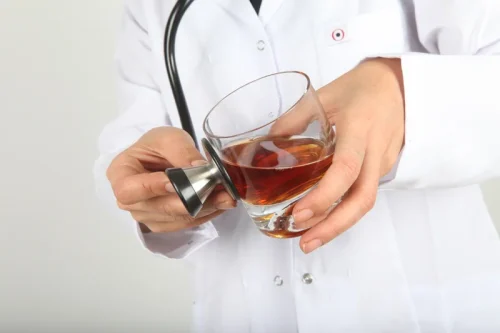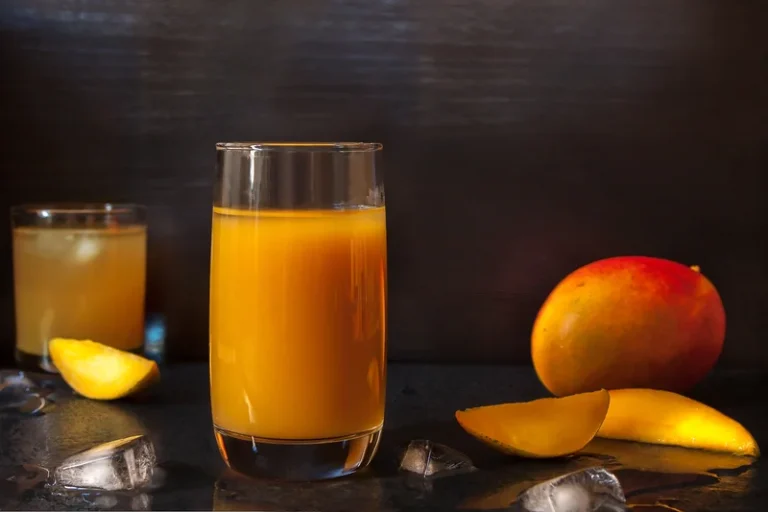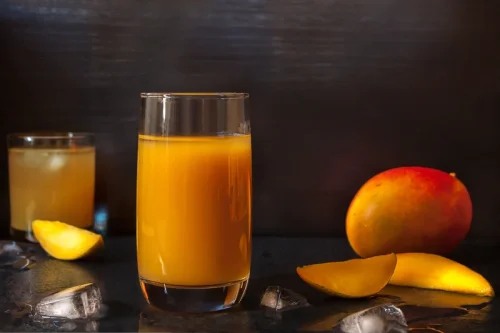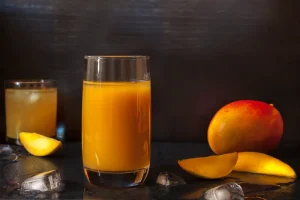You may have to take more of the drug to get the same high, and you…
A Step-by-Step Guide to Marijuana Addiction Treatment

The best way to cope with marijuana withdrawal is to “recognize that it will get better—it will end,” says Dr. Weaver. The symptoms may be unpleasant and uncomfortable for a few days, but then they usually get progressively better. In the meantime, here are several expert-backed tips for easing the discomfort. But for those who do, these headaches can be very intense, especially during the first few days after quitting.

Marijuana Withdrawal
When you are trying to stop smoking marijuana, it is essential to get rid of any marijuana-related paraphernalia in your home. Getting rid of the drug itself is crucial, but you should also eliminate any pipes, bowls, bongs, vapes, and related products. It’s important to realize you don’t have to go through the process alone. You can either detox at home with the help of loved ones or at a medical facility equipped to put you through the detox and handle any complications that may arise during the withdrawal period. Again the detox journey from marijuana varies from individual to individual.
Marijuana Withdrawal Timeline
In 2020, of Americans aged 12 and up, roughly 14.2 million people (5.1%) had a cannabis use disorder. For those whose lives are negatively affected by marijuana use, there are many options that lead to recovery. An overdose occurs when someone takes too much of a drug and is likely to cause dangerous symptoms that can become life-threatening. Knowing that it’s going to get tough before it gets better is an important part of staying focused on the end goal. Be prepared for anxiety, jitters and irritability during the detox phase.

Medication for Underlying Conditions

Lifestyle changes such as staying busy, maintaining connections with supportive loved ones, joining support groups, and avoiding drug triggers can also be helpful. Caring for your physical and mental health, including getting enough sleep and eating a healthy diet, is also important. If you’ve been using marijuana for an extended period, you are more likely to go through a more extended detox period and experience more severe withdrawal symptoms. If you are an occasional user of the drug, your detox period is more likely to be much shorter, and you might not even experience any withdrawal symptoms. After a couple of weeks, withdrawal symptoms go away, and you start feeling better than ever.
Step 7- Ongoing Support and Aftercare
But that’s exactly the wrong conclusion, encourages Dr. Streem, who counts every attempt as progress. It’s hard to resist backsliding when all you can think about is not getting to smoke weed. What’s easier, says Dr. Streem, is concentrating on the new things you’re doing to occupy your mind and time. Plus, supportive friends will respect your decision to quit and avoid encouraging you to start smoking again. If your friends respond differently, you may want to reconsider spending time with them.

Motivational enhancement therapy (MET)
- As mentioned, a marijuana detox causes unpleasant symptoms known as withdrawal symptoms.
- Simple talk therapy can help you work on developing self-compassion and feel more supported throughout the quitting process.
- And withdrawal is a significant sign of cannabis (marijuana) use disorder (CUD).
- When marijuana is smoked, THC passes rapidly from the lungs into the bloodstream, which carries the substance to the brain and other organs throughout the body.
- The number of symptoms experienced by participants was significantly linked to how often and how much marijuana they smoked.
- Get in touch with your local service today for support with cutting down or stopping cannabis use.
- Symptoms of marijuana withdrawal usually begin within the first 24 to 48 hours of stopping or significantly reducing marijuana use after heavy, long-term use.
Or you could carry on smoking six joints, but put slightly less cannabis in each one. For example, if you’re smoking six joints a day, perhaps you could cut down to five. Another way of ingesting the drug is to mix the plant’s leaves, flowers, stems or seeds into food or to brew the leaves as a tea. Cannabis plant material can also be concentrated in a resin called hashish or a sticky black liquid called hash oil. In some cases, your provider may order other tests (like blood tests) to make sure your symptoms aren’t due to another condition. These symptoms aren’t life-threatening, but they can be very uncomfortable.
- Working to prevent a relapse after your marijuana detox is very crucial.
- Set a quit date and tell your partner or a close friend the date you intend to quit.
- Some research shows that using weed is likely to lead to the use of other illegal drugs as well.
- But for those who do, these headaches can be very intense, especially during the first few days after quitting.
- “Too frequent” is different for different individuals but may be as often as once a week for some people.
Your body begins to heal, and you stop having coughing, wheezing or phlegmy throat. When you first quit marijuana, you may experience withdrawal marijuana addiction symptoms. If you use a lot of cannabis and smoke regularly, quitting abruptly might be difficult. Slowly reducing use over time may help you have more success and can also help decrease the severity of withdrawal symptoms. If cannabis helps you manage physical or mental health symptoms, you’ll want to try smoking less without quitting entirely or cut back gradually.




